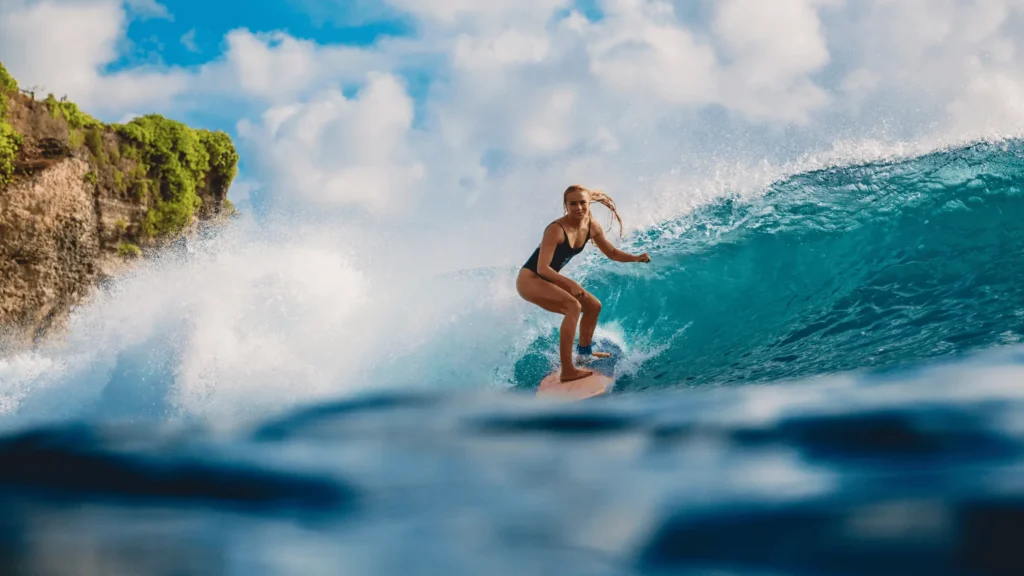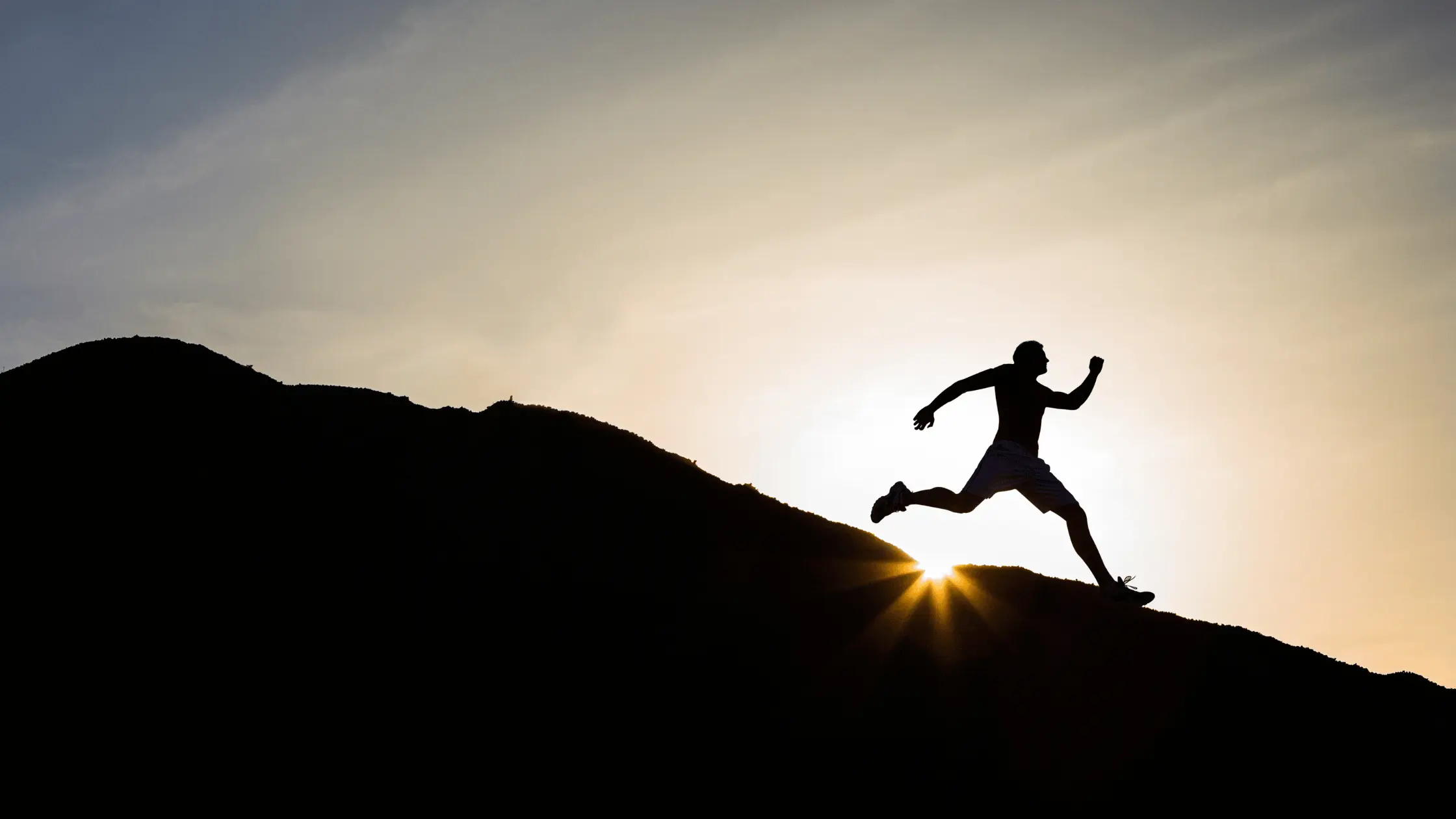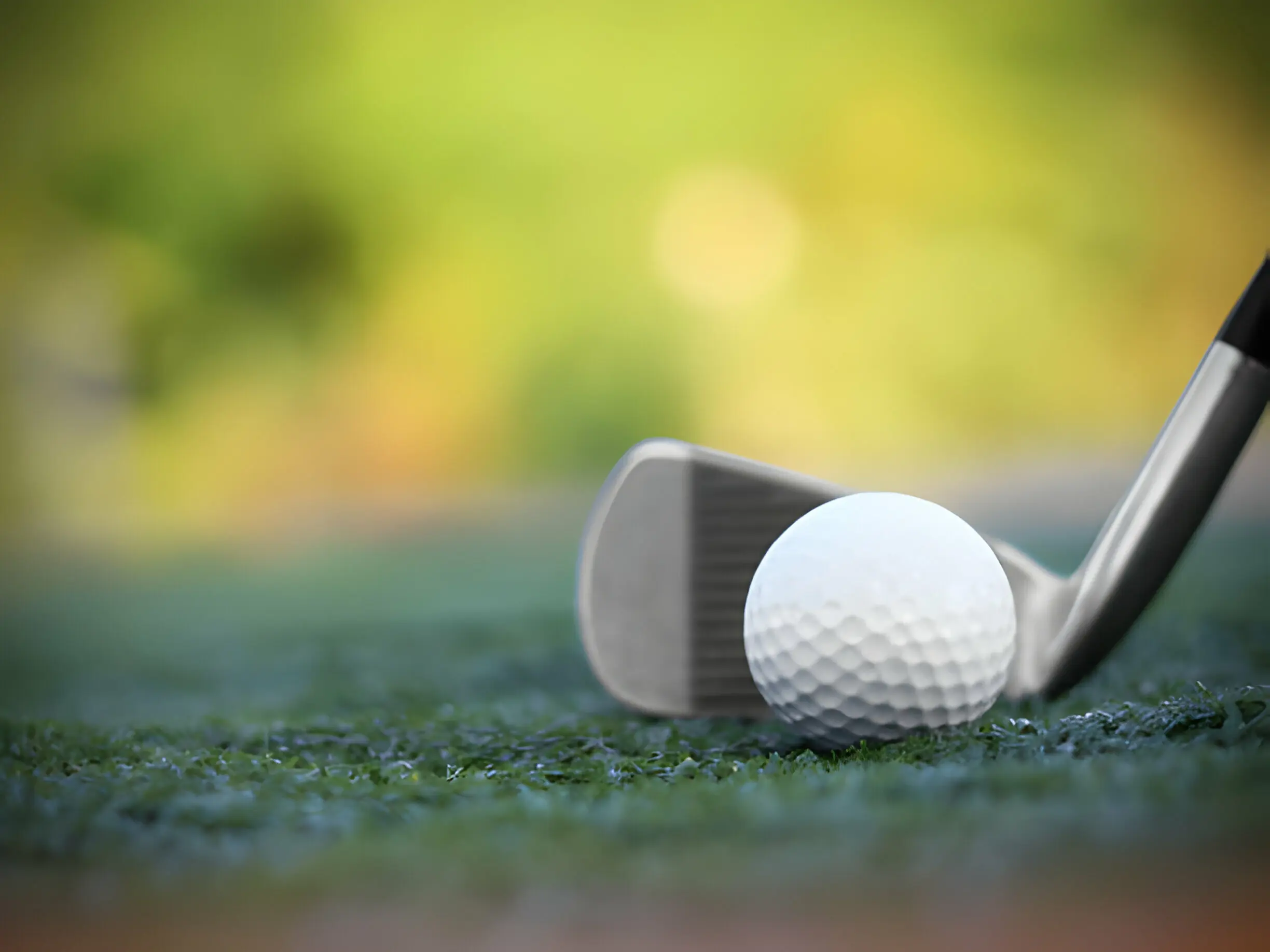Master the Art of Catching 1st Wave While Surfing

To catch your first wave while surfing, position yourself correctly on the board and paddle with strong strokes, ensuring you are in front of the wave as it approaches.
Table of Contents

Understanding The Basics Of Surfing
Learn how to catch your first wave while surfing with our beginner’s guide. Discover the basics of surfing and master the art of riding the waves in no time. Get ready for an exhilarating experience on your board.
Understanding the Basics of Surfing
Surfing is an exhilarating sport that allows you to ride the waves and connect with the power of the ocean. Before you can catch your first wave, it’s important to have a foundational understanding of the basics of surfing.
This includes familiarizing yourself with the anatomy of a surfboard and the different types of waves you’ll encounter. In this section, we’ll delve into these key aspects to help you get started on your surfing journey.
The Anatomy of a Surfboard:
When it comes to surfing, the surfboard is your ultimate tool. Understanding its anatomy is crucial for both your safety and performance in the water. A typical surfboard consists of several essential components:
1. Nose: The front part of the board, also known as the “nose,” helps with stability and helps you steer through the waves.
2. Tail: The back part of the board, or “tail,” plays a vital role in controlling the board and making sharp turns.
3. Rails: These are the edges of the surfboard that provide stability and help you maintain balance while riding the waves.
4. Deck: The top part of the surfboard, or “deck,” is where you position yourself while paddling and standing up.
5. Bottom: The underside of the surfboard, also known as the “bottom,” interacts with the water and affects the board’s performance.
6. Fins: Fins are attached to the bottom of the surfboard and are essential for stability and maneuverability. They come in various shapes and configurations, depending on the type of wave you’ll be riding.
Different Types of Waves:
As a budding surfer, it’s crucial to understand the different types of waves you’ll encounter in the ocean. Waves can vary significantly in size, shape, and power, which will affect your surfing experience. Here are the main types of waves you’ll come across:
1. Beach Breaks: These are waves that break over a sandy seabed, commonly found at beaches. They are perfect for beginners as they provide a forgiving and consistent wave pattern.
2. Point Breaks: Point breaks occur when waves break along rocky points or headlands. They create long and peeling waves, ideal for more experienced surfers looking for longer rides.
3. Reef Breaks: Reef breaks occur when waves break over a coral or rocky reef. These waves are known for their power and fast breaks, making them suitable for advanced surfers.
4. Wedge Waves: A wedge wave occurs when two different swells converge, creating a unique wave formation. These waves can be unpredictable but can also offer exciting opportunities for advanced surfers.
By understanding the anatomy of a surfboard and the different types of waves, you’ll be better equipped to catch your first wave with confidence.
Remember, surfing is all about practice and gaining experience in the water. So grab your board, head to the beach, and embrace the thrill of riding those magnificent waves.
Preparing For Your First Wave
Surfing is an exciting sport that combines balance, strength, and an appreciation for the ocean. If you’re ready to catch your first wave, it’s important to prepare properly to ensure a successful and enjoyable experience.
This article will guide you through the essential steps of preparing for your first wave, including choosing the right surf spot, mastering paddling techniques, and positioning yourself on the board.
Choosing The Right Surf Spot
Before paddling out, it’s crucial to choose the right surf spot for beginners. Look for a beach that offers mellow, small waves suitable for learning. Avoid spots with strong currents or shallow reefs that can be dangerous for inexperienced surfers.
Ideal surf spots for beginners often have long, gentle breaks and sandy bottoms that minimize the risk of injury.
Paddling Techniques
Developing efficient paddling techniques is essential for catching your first wave.
The correct paddling technique involves lying on your stomach on the board and using your arms to propel yourself through the water. To paddle effectively, keep your body aligned with the board, and alternate your arms in smooth strokes.
Practice paddling in calm waters before tackling the waves to improve your strength and technique.
Positioning On The Board
Once you’ve mastered the paddling techniques, it’s time to learn how to position yourself on the board correctly. Lie on the board with your chest toward the front and your toes pointing towards the rear.
Position yourself slightly above the middle of the board to maintain balance. Arch your back slightly and distribute your weight evenly to avoid nose-diving or losing control.
Remember to keep your eyes focused on the horizon to maintain stability.
Catching And Riding Your First Wave
Learn the essential steps to catch your first wave while surfing and experience the thrill of riding the ocean’s energy. Master the techniques of paddling, timing, and balance in this beginner’s guide.
# Catching and Riding Your First Wave
Once you’re out in the lineup and ready to catch your first wave, there are a few important steps to follow. In this section, we will guide you through the process of catching and riding your first wave with ease.
## Reading the Waves
The first step to catching your first wave is understanding how to read the waves. Before paddling for a wave, take a moment to observe the ocean and identify the sets.
Look for a lull or a smaller wave that is suitable for beginners. This will give you a better chance of successfully catching your first wave.
## Generating Speed
Generating speed is a crucial skill that will help you catch and ride a wave. As you paddle for a wave, make sure to give it your all and paddle with determination.
The faster you paddle, the more likely you are to catch the wave and gain momentum. Remember to keep your body aligned and your eyes focused on the horizon to maintain your balance.
## Popping Up and Balancing
Once you’ve caught a wave, it’s time to pop up and find your balance. The key to popping up successfully is to do it swiftly and smoothly.
Start by placing your hands flat on the board near your shoulders, and simultaneously push yourself up while bringing your back foot forward.
As you pop up, remember to keep your eyes forward and your body centered on the board.
Finding your balance is essential for staying on the wave. Keep your knees slightly bent and try to distribute your weight evenly between your front and back foot. This will help you maintain stability and navigate the wave effectively.
Remember, catching and riding your first wave takes practice and patience. It’s normal to fall off the board several times before getting the hang of it.
Stay persistent and keep practicing these techniques, and you’ll be riding waves like a pro in no time!
Incorporate these tips into your surfing routine gradually, and with time and practice, you’ll be catching and riding waves confidently. So get out there, enjoy the ocean, and have fun while catching your first wave!
Common Mistakes To Avoid
When it comes to catching your first wave while surfing, it’s important to be aware of common mistakes that beginners often make. These mistakes can hinder your progress and prevent you from experiencing the thrill of riding a wave.
In this section, we will discuss three key mistakes to avoid: Focusing Too Much on the Feet, Not Committing to the Wave, and Lack of Patience.
Focusing Too Much On The Feet
One of the most common mistakes beginners make when trying to catch their first wave is focusing too much on their feet.
While foot placement is important for balance and control, fixating on your feet can hinder your ability to read the wave and adjust accordingly.
Instead, focus on maintaining a stable and balanced stance while keeping your eyes up and looking ahead. By doing so, you can better anticipate the wave’s movements, make adjustments, and improve your overall surfing experience.
Not Committing To The Wave
Another mistake beginners often make is not fully committing to the wave. Fear and hesitation can prevent you from taking advantage of the wave’s energy and catching it properly.
To overcome this, it’s essential to trust in your abilities and commit wholeheartedly to catching the wave. This means paddling with conviction, timing your pop-up correctly, and giving yourself fully to the ride.
Remember, commitment is key to successful wave-catching and progress in your surfing journey.
Lack Of Patience
Patience is crucial when learning to catch your first wave. Many beginners become impatient and attempt to catch every wave that comes their way, resulting in missed opportunities and frustration.
It’s important to understand that not every wave is suitable for beginners, and waiting for the right wave will significantly increase your chances of success.
Take your time, observe the conditions, and be patient. The perfect wave will come, and when it does, you’ll be ready to ride it!

Mastering The Art Of Surfing
Surfing is not just a sport, but an art form that requires a unique combination of balance, coordination, strength, and endurance.
If you’ve always dreamt of catching your first wave, mastering these skills is essential. In this blog post, we will explore three key aspects of surfing that will help you on your journey to becoming a successful surfer.
Improving Balance And Coordination
Balance and coordination are fundamental to surfing. Without these skills, it can be challenging to maintain stability and execute maneuvers on your board. To improve your balance, focus on exercises that target your core muscles, such as planks, side planks, and yoga poses like tree pose.
Incorporating activities like skateboarding or balance board training can also help you develop a sense of proprioception, improving your ability to stay upright on the waves.
Building Strength And Endurance
In addition to balance and coordination, developing strength and endurance is crucial for surfing. Paddling out to catch waves requires upper body strength, especially in your shoulders, back, and arms.
Engage in exercises that target these areas, such as push-ups, pull-ups, and resistance band exercises. Additionally, performing cardio exercises like swimming or running will enhance your overall endurance, enabling you to stay out in the water for longer periods.
Practicing Consistently
Consistency is key to progressing in any sport, and surfing is no exception. It is essential to spend as much time in the water as possible to become comfortable with the waves and gain experience.
Make a habit of practicing regularly, even if it means starting with smaller waves. Focus on refining your skills, such as pop-ups and turning, by practicing them repetitively. With consistent practice, your confidence will grow, and catching your first wave will become an achievable milestone.
Whether you are a beginner or have some experience, mastering the art of surfing requires dedication and perseverance.
By improving your balance and coordination, building strength and endurance, and practicing consistently, you will be on your way to catching your first wave and enjoying the exhilarating experience that surfing offers.
Conclusion
Mastering the art of catching your first wave while surfing is an exhilarating achievement that requires practice, patience, and determination. By following the steps detailed in this blog post, you’ll be well on your way to becoming a skilled surfer.
Remember to take the time to study the ocean, practice your paddling technique, and maintain a positive mindset.
With dedication and perseverance, you’ll soon experience the thrill and joy of riding your very first wave. So, grab your board, dive in, and embrace the endless possibilities of the surf!





